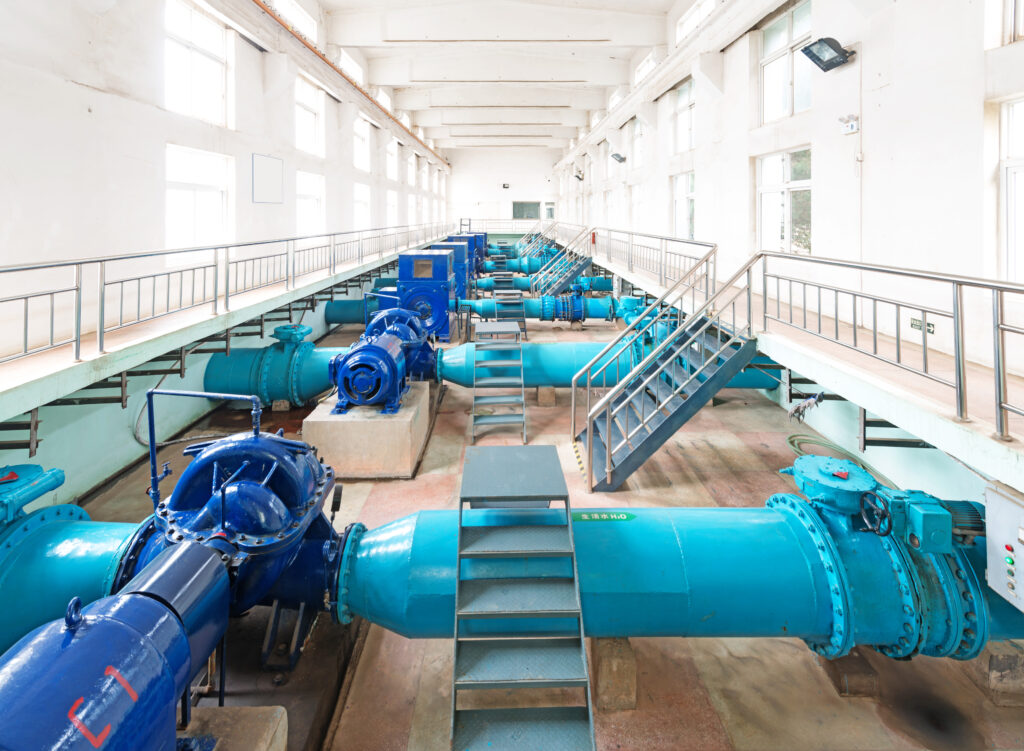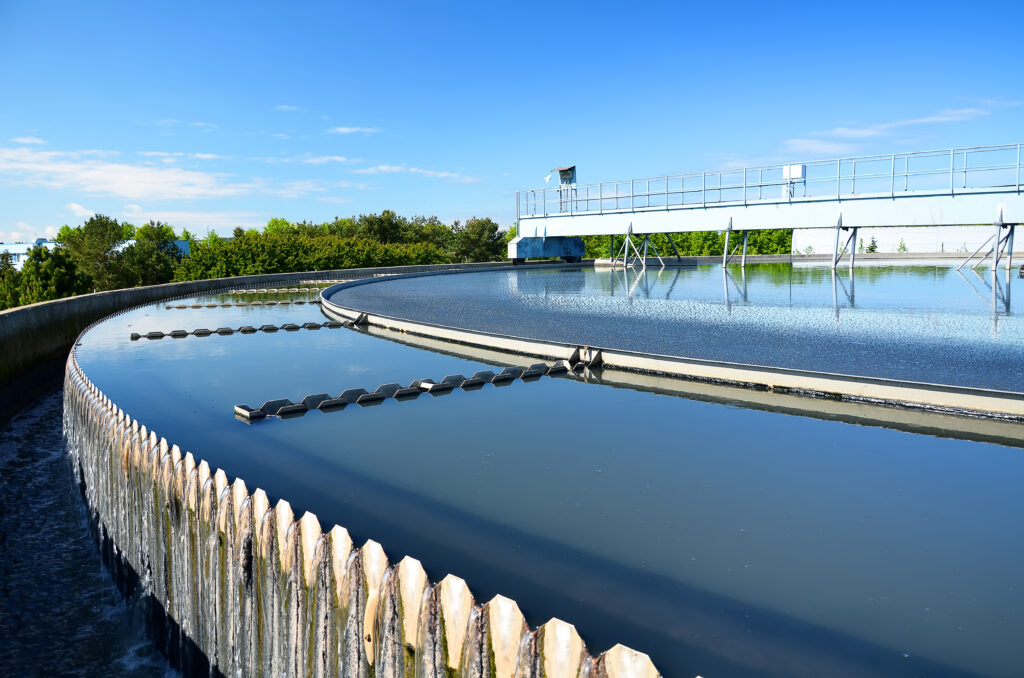The EPA is Proposing PFAS Water Regulations – How It Affects Your Water System?
The United States Environmental Protection Agency (EPA) recently released their proposal to regulate PFAS in water systems. Our team reviewed the release, attended the EPA webinar, and wanted to explain the key points.
What is PFAS?
PFAS is a type of synthetic chemical that is used in many kinds of production. They are often called “forever chemicals” because of how long they take to break down. You have most likely seen these used in nonstick cookware, waterproof clothing, and firefighting foam.
The EPA is looking at six specific chemicals grouped under the PFAS category. The first two, PFOA and PFOS, are being treated differently in their proposal than the other four, PFNA, PFHxS, PFBS, and HFPO-DA (GenX chemicals).
Most people won’t need to know what all of the acronyms stand for until the final regulation comes out, but it’s important to understand why the EPA is concerned about them.
PFAS have been shown to have negative side effects. They build up in the body over time and can cause pregnancy complications, immune system damage, cancer, liver damage, and cholesterol issues.


What is the EPA proposing?
The EPA is proposing a regulation that will require three basic tasks from public water providers:
- Monitor the levels of the regulated PFAS chemicals
- Notify water users if levels exceed regulations
- Reduce levels of chemicals to below regulation limits
When the EPA proposes a regulation, they provide a Maximum Contaminant Level (MCL), the enforceable limit at which somebody can detect the chemical. The Maximum Contaminant Level factors in the ability to measure and the feasibility of attaining the correct level of PFAS chemicals.
They also give a Maximum Contaminant Level Goal (MCLG) for what they would strive to get the contamination level down to. The MCLG is non-enforceable and is simply the best practice for optimal health.
PFOA and PFOS want to strive for a goal (MCLG) of zero, but the EPA is proposing an enforceable MCL of four parts per trillion (4ppt).
They have created a hazard index for the other four chemicals to measure them as a mixture. Both the MCL and MCLG are to keep the hazard index calculation at 1. The exact calculation for the level of each chemical and its weight in the hazard index is available on the EPA’s website.
Who would the regulation affect?
If the proposed regulation goes through, the main group it affects would be public water providers, although it may also affect manufacturers using PFAS. Public water providers are defined by the EPA as water systems that provide water to at least 15 service connections or 25 people. The EPA does not regulate private wells through this method, so they would not be affected.
The EPA did release some preliminary estimates on the scope of the effect. Out of the 66,000 water systems that will be impacted, they expect about 5-10% to have at least one of the measured levels out of compliance.
They estimate that the yearly cost for the requirements under this regulation will be between $772 million and $1.2 billion. However, that goes up by up to $60 million if water systems are required to dispose of PFAS.


What is the process?
The most important thing to remember is that this is a proposal only and still requires public feedback. The proposed regulation will be published online at www.regulations.gov under the Docket ID: EPA-HQ-OW-2022-0114. You can comment on the proposal for 60 days after publication.
They also are still working to educate the public and answer questions. You can view the proposal here. They are holding a technical webinar on March 29, 2023 that you can register for here. They also are having a public hearing on May 4, 2023 that you can register for here.
Although we don’t know the exact implementation plan yet, the EPA has stated that regulation such as this is typically accompanied by a three-year period where those affected work to come into compliance.
Some funding will likely be available. The Bipartisan Infrastructure Law will give $9 billion, split between funds and grants to help water systems in small or disadvantaged areas. There’s also the possibility of about $12 billion in funding or aid through other programs and sources. The details for this will become more apparent as we get more detailed information about the exact regulations, processes, and available funding.
What next?
Water districts need to become more familiar with PFAS and how this will affect them. The EPA has released multiple sources ahead of finalizing this regulation. If you feel strongly or have comments about implementation or limits, provide comments to the EPA.
We’ll stay on top of this issue and bring more updates to you as they become available.



Marketing Manager
Tyler is a marketing manager focusing on VFD, motor, and generator applications. In the past he’s worked in sales for these same products. He is a proud graduate of Utah State University and enjoys spending time with family and friends.
